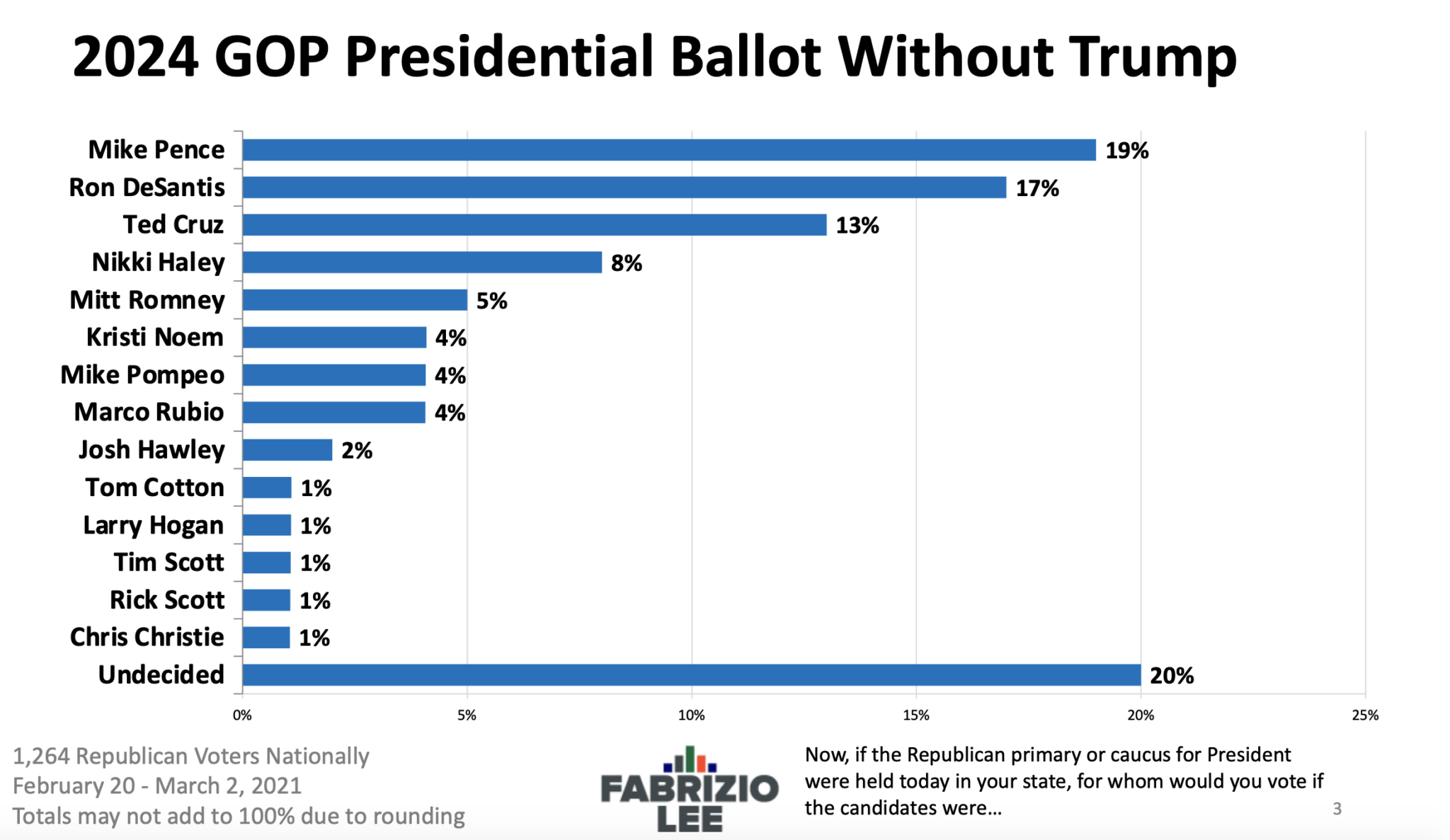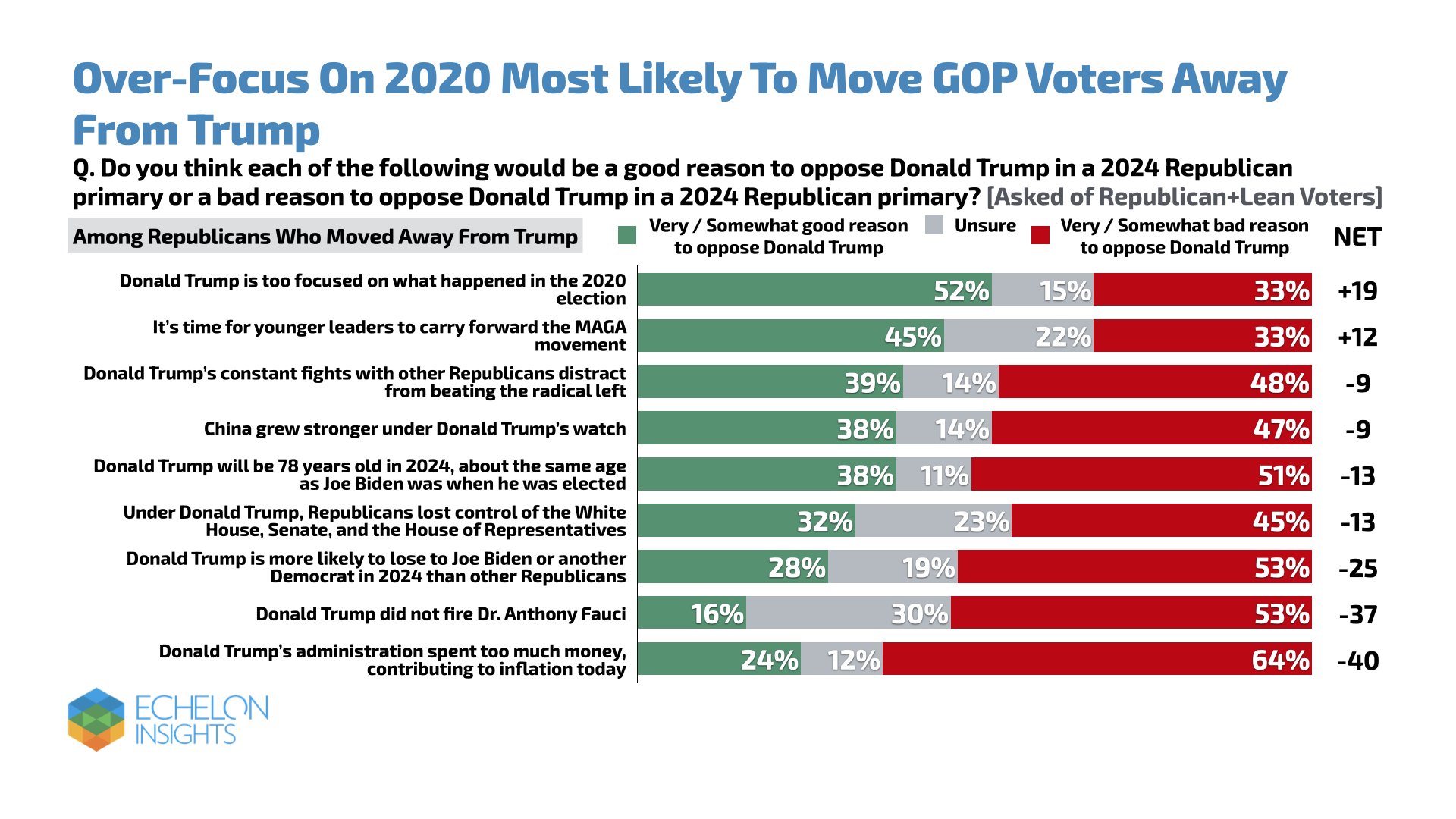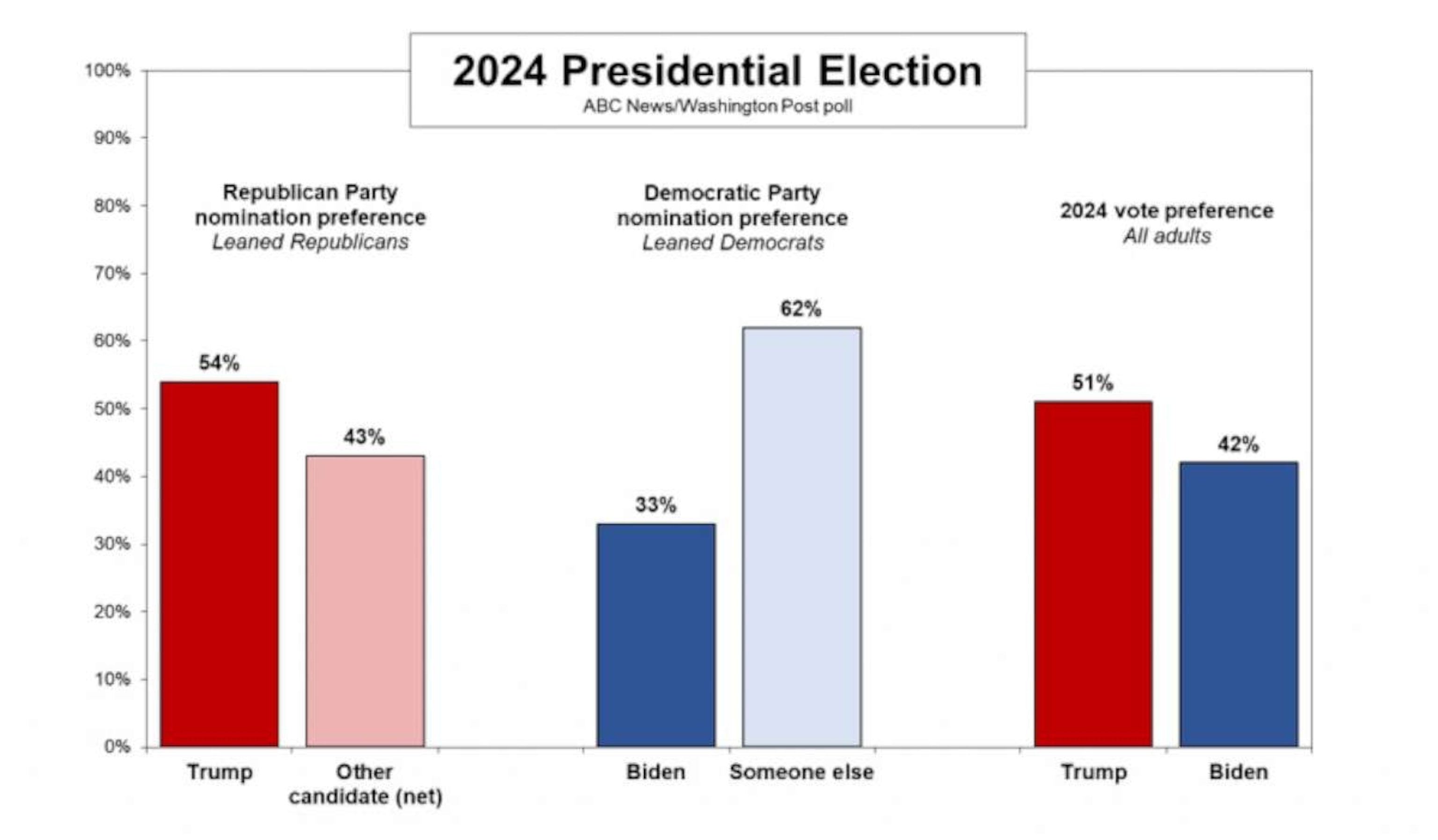Rasmussen Presidential Poll - What You Need To Know
There's a lot of chatter out there about what people think, especially when it comes to who might be leading the country. One name that comes up often in these conversations is Rasmussen, particularly their presidential poll. People keep an eye on these numbers, trying to get a sense of how things are shaping up, and honestly, they can spark quite a bit of discussion among folks who follow such things. It's almost like a daily check-in on the national mood, you know, just to see where everyone stands.
You see, these reports often share figures that grab attention. For instance, in some swing state tracking, we saw a particular candidate, Romney, holding a lead with about fifty percent of the vote, while Obama trailed with around forty-five percent. Then, there are other times when the daily reports from the Rasmussen presidential poll showed Barack Obama pulling in forty-eight percent of the vote, with John McCain getting forty percent. These numbers, as a matter of fact, can shift a bit, even showing a slight bump for Obama after he made a choice about campaign funding.
So, what's the deal with these figures, and how do they come about? Some folks have strong opinions about the daily approval ratings, maybe not caring for them much, yet others find the details about the groups of people surveyed quite interesting. There's also been talk, for instance, about whether these polls only survey certain groups, like those who lean a particular way, which is something many wonder about. It’s a bit of a mix, really, when it comes to how people react to and think about the Rasmussen presidential poll.
Table of Contents
- What Do the Numbers Say About the Rasmussen Presidential Poll?
- Is the Rasmussen Presidential Poll Always Right?
- How Does the Rasmussen Presidential Poll Gather Its Information?
- What Does the Rasmussen Presidential Poll Mean for You?
- The Community Around the Rasmussen Presidential Poll
What Do the Numbers Say About the Rasmussen Presidential Poll?
When you look at the Rasmussen presidential poll, you often see a snapshot of voter sentiment at a given moment. These snapshots give us some interesting figures to consider, like the daily updates on how many people approve of a leader's work. For example, one Sunday, the Rasmussen Reports daily presidential tracking poll showed that roughly thirty-two percent of voters across the nation strongly gave their approval to the way Barack was doing his job. This sort of information gives us a little peek into public feeling, you know, about those who are in charge.
Early Glimpses of the Rasmussen Presidential Poll
Going back a bit, there were times when the Rasmussen presidential poll offered early indications of how things were shaping up in key areas. For instance, in a specific swing state tracking effort, the numbers showed Romney with a fifty percent share of the vote, standing ahead of Obama, who had forty-five percent. This kind of early look, you see, helps people get a sense of the political atmosphere in those important places where the election outcome could really be decided. It’s a way of taking the temperature, so to speak, of the voters' mood.
The full swing state tracking update, which offers these sorts of insights, is something that Rasmussen reader subscribers could get a hold of. It gives them a more detailed picture, letting them go a bit deeper into the numbers than what might be generally available. This means that those who are really invested in following the ins and outs of an election campaign get access to a more complete set of facts, which can be quite useful for understanding the broader political landscape, or so it seems.
Shifting Sands in the Rasmussen Presidential Poll
The numbers from the Rasmussen presidential poll aren't static; they tend to move around a bit, reflecting the shifting opinions of voters. For instance, the daily presidential tracking poll from Rasmussen Reports for a Monday showed Barack Obama attracting forty-eight percent of the vote, while John McCain was earning forty percent. These figures, you know, are just one moment in time, and they can certainly change as events unfold and as people consider their choices more deeply. It's a continuous measurement, in a way, of how public opinion ebbs and flows.
Then, when you consider those who might be leaning one way or another, but haven't quite made up their minds, the picture changes slightly. When these "leaners" are added into the mix, Obama's lead grew a little, showing him with forty-nine percent to McCain's forty-two percent. This inclusion of leaners gives a fuller, perhaps more nuanced, view of where things stand, as a matter of fact, capturing a broader range of potential support. It shows how even small adjustments in who you count can make a difference in the overall picture presented by the Rasmussen presidential poll.
There was also a moment when the results showed a slight uptick for Obama after he made a formal choice about public funding for his presidential campaign. This kind of movement in the numbers suggests that voters respond to actions and decisions made by candidates, which is something pollsters try to capture. It’s a sign, you could say, that the political conversation is always moving, and that the Rasmussen presidential poll is trying to keep pace with those changes, offering a snapshot of what people are thinking at any given moment.
Is the Rasmussen Presidential Poll Always Right?
One of the big questions people often ask about any survey of public opinion, including the Rasmussen presidential poll, is whether it's always accurate. There's a common sentiment that some folks just don't care much for the Rasmussen approval ratings that come out every day. They might feel these ratings don't quite capture the full story or that they have a particular slant. It’s a pretty common thing, actually, for people to have differing views on how reliable any given poll might be, and the Rasmussen presidential poll is no exception to that kind of discussion.
For example, some people have expressed a concern that the Rasmussen presidential poll might have, in their view, surveyed only Democrats. This kind of idea suggests that if a poll focuses on just one group, its findings might not truly represent everyone's opinions, making the results seem, well, not as useful to some observers. It's a point of debate, you know, whether such a specific focus could truly give a broad picture of what the entire voting population thinks. This is a question that often comes up when discussing the methods of any public opinion gathering effort.
There was a time when the latest Rasmussen presidential poll of likely voters showed "no love for Bo," meaning Barack Obama, as the number of voters who strongly approved of his job performance began to lessen. This particular finding caused some discussion, as it pointed to a dip in a key measure of public support. It highlights how these polls can sometimes show a less favorable view for a political figure, which can be a bit of a surprise to some people following the news. This kind of data can certainly get people talking about what it all means.
Understanding the Rasmussen Presidential Poll's Leanings
It's interesting to hear different perspectives on the political leanings of the Rasmussen presidential poll. Some folks, for instance, have pointed out that Rasmussen isn't what they'd call a liberal company. Instead, they suggest that the organization tends to lean a bit to the right most of the time. This kind of observation helps people understand where a particular poll might be coming from, and it can influence how they interpret the results. It’s useful information, you know, for anyone trying to make sense of the various polls out there and their potential viewpoints.
Knowing about a poll's general tendency, whether it seems to favor one side or the other, can give you a better sense of the context for its findings. If a poll typically swings in a certain direction, then its results might be viewed through that lens by those who are following the election closely. This doesn't necessarily mean the poll is inaccurate, but rather that it has a consistent approach that some perceive as having a particular political flavor. It's just part of the conversation, really, when you talk about how different organizations measure public opinion.
How Does the Rasmussen Presidential Poll Gather Its Information?
The way any public opinion survey collects its information is pretty important for understanding its results. While the specific methods for the Rasmussen presidential poll aren't detailed in the provided text, we can gather that they produce daily tracking polls for presidential approval and election matchups. This suggests a consistent, ongoing effort to reach out to voters and record their preferences and opinions. It’s a continuous process, you know, trying to keep a pulse on what the public is thinking day by day.
The idea of a "daily tracking poll" implies a systematic approach to collecting data over time, rather than just a one-off survey. This means they are likely contacting a fresh group of people each day or rotating through a sample to get a continuous measure of public sentiment. This kind of regular data gathering is how they can report shifts and changes in approval ratings or candidate preferences, offering a dynamic view of the political landscape, or so it seems. It’s a pretty involved process, keeping up with public opinion on such a frequent basis.
A Look at the Rasmussen Presidential Poll's Approach
The Rasmussen presidential poll is often presented as offering some of the most extensive public opinion coverage for a presidential election. This suggests an effort to be thorough and to provide a wide range of insights into what voters are feeling and thinking. They seem to aim for a very full picture, which is something that many people who follow elections appreciate. It’s about trying to capture as much of the public's viewpoint as possible, which can be quite a task, to be honest.
The mention of "the most comprehensive public opinion coverage ever provided for a presidential election" is a strong claim, suggesting a dedication to broad data collection and reporting. This kind of statement implies a commitment to giving people a very complete look at voter sentiment, going beyond just simple head-to-head numbers. It means they are likely looking at various aspects of public opinion, trying to offer a really full picture, which is, you know, a big undertaking in the world of political surveys.
What Does the Rasmussen Presidential Poll Mean for You?
For many people, the Rasmussen presidential poll provides a regular update on the political climate, which can be a point of interest or discussion. Whether you follow politics closely or just like to stay generally informed, these numbers offer a snapshot of where things stand. They can spark conversations among friends, family, or colleagues, giving everyone something to talk about when it comes to the ongoing political race. It’s a bit like a scoreboard, in a way, for the contest of public opinion.
The information from these polls, like the daily tracking updates, can help you get a sense of momentum or shifts in voter support. If a candidate's numbers are moving up or down, it can signal changes in how the public perceives them or their campaign. This kind of insight, you know, can be helpful for anyone trying to understand the broader narrative of an election, providing context for the news and debates that unfold. It's a tool, essentially, for keeping up with the pulse of the electorate.
Connecting with the Rasmussen Presidential Poll
If you're interested in staying connected with the Rasmussen presidential poll and other related discussions, there are ways to do that. For instance, the information mentions a very popular forum where people can register to post and access all its features. This kind of community space allows individuals to share their thoughts, react to the latest poll numbers, and engage in conversations with others who are also following the political landscape. It’s a place, you know, where you can connect with like-minded individuals or even those with differing views.
Joining such a forum is described as being free and quick, which makes it easy for anyone to get involved. This open access means that people can jump into the discussions about the Rasmussen presidential poll without much fuss. It also highlights that these polls aren't just data points; they're conversation starters, bringing people together to talk about important national matters. It’s a way, actually, for people to feel more connected to the ongoing political narrative, and to share their own perspectives on what the numbers mean.
The Community Around the Rasmussen Presidential Poll
Beyond just the numbers themselves, there's a whole community that forms around discussions of the Rasmussen presidential poll. The mention of a popular forum where people can connect speaks to this. It's a place where individuals who are keen on following political developments can gather, share their viewpoints, and react to the latest poll results. This kind of interaction adds another layer to how people engage with the data, making it more than just statistics on a page, but rather a starting point for lively conversations. It’s a pretty active place, it seems, for those who want to talk politics.
What's more, this forum community also offers incentives for participation. Over sixty-eight thousand dollars in prizes has already been given out to active posters on the forum. This encourages people to not just read, but to actually contribute to the discussions, sharing their thoughts and insights about the Rasmussen presidential poll and other related topics. It shows that there's value in active engagement, making the forum a dynamic space where contributions are recognized and rewarded, which is a nice touch, you know, for building a vibrant community.

Presidential Poll 2024 Rasmussen Party - Bella Regine

Presidential Poll 2024 Rasmussen Party - Bella Regine

Rasmussen Poll Presidential Race 2024 - Kali Samara